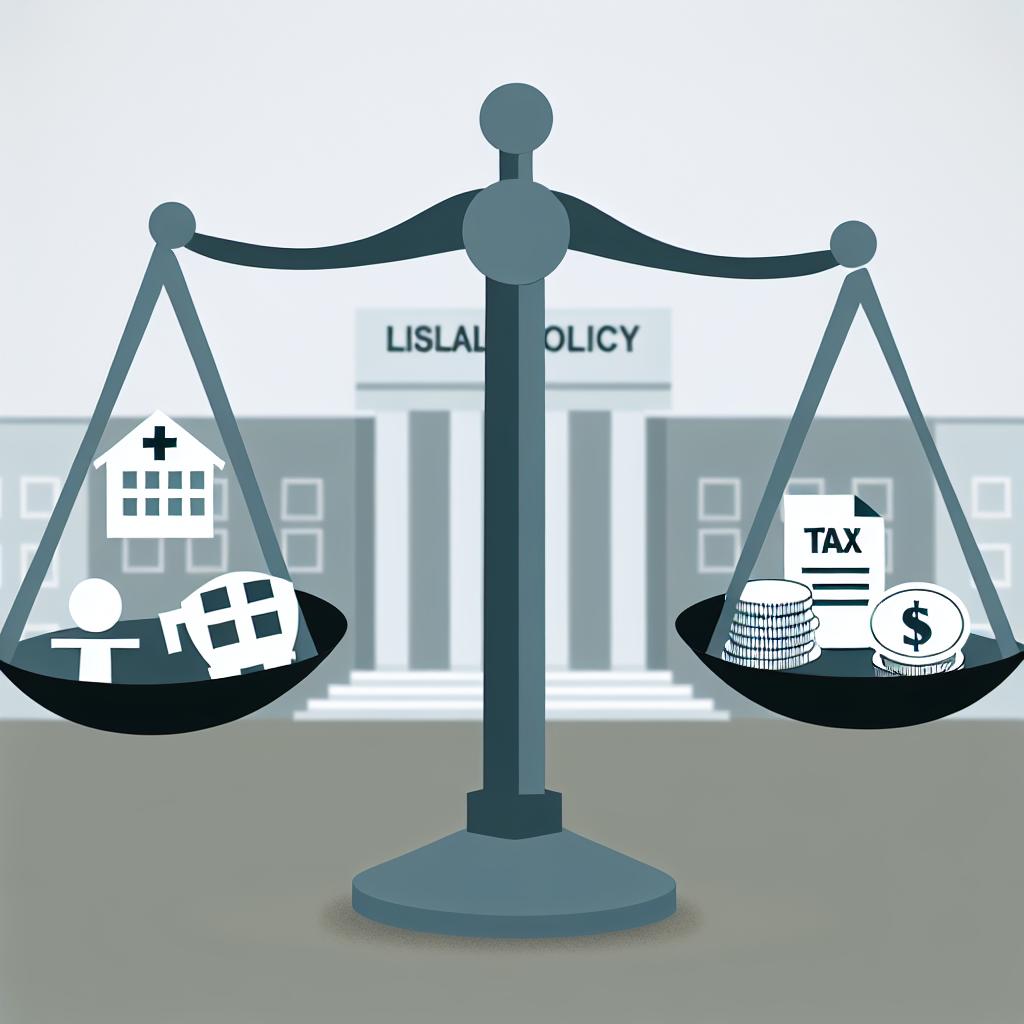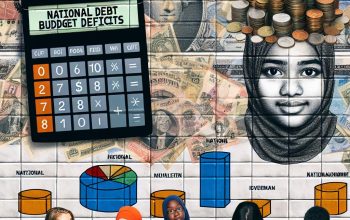Understanding Fiscal Policy
Fiscal policy refers to the use of government spending and taxation to influence the economy. It is a fundamental tool used by governments to manage economic growth, control inflation, and reduce unemployment. Fiscal policy plays a crucial role in shaping a country’s economic framework and overall financial stability.
Government Spending
Government spending, a key component of fiscal policy, involves the allocation of funds to various sectors of the economy. This spending can take many forms, such as investments in infrastructure, education, and healthcare. By increasing government expenditure, policymakers aim to stimulate economic activity, especially during periods of recession or economic slowdown. Conversely, reducing spending is a strategy employed during times of economic overheating to prevent high inflation.
The Role of Infrastructure in Economic Growth
Infrastructure investment, a significant part of government spending, has a long-term impact on economic productivity. Infrastructure like roads, bridges, and telecommunications systems creates a foundation for efficient business operations, enhancing a nation’s competitiveness. With improved infrastructure, goods and services can be delivered efficiently, reducing operational costs and increasing the productivity of businesses.
Education and Health as Catalysts for Development
Investments in education and healthcare are equally essential. By allocating resources to education, governments can enhance workforce skills, leading to a more innovative and productive economy. Similarly, spending on healthcare improves the overall well-being of the population, increasing life expectancy, and worker productivity. Healthier individuals can contribute more significantly to the economy, reducing absenteeism and fostering a more vibrant workforce.
Managing Public Services
Another dimension of government spending is the management of public services. Public services such as law enforcement, environmental protection, and social welfare require substantial funding. Effective management of these services ensures societal wellbeing and stability, which are prerequisites for economic growth. When public services function effectively, they contribute to a safe and stable environment, fostering investor confidence and encouraging domestic and foreign investment.
Taxation
Taxation is another critical instrument of fiscal policy. Through various forms of taxes, governments collect revenue that supports public services and operations. Tax policies can be adjusted to either stimulate or cool down the economy. For instance, reducing taxes increases disposable income for consumers, potentially increasing demand and fostering economic growth. Conversely, increasing taxes can help reduce inflationary pressures by limiting excess demand.
The Structure of Tax Systems
The structure of tax systems varies globally, and no one-size-fits-all approach exists. Policymakers tailor tax systems to align with a country’s economic priorities and social objectives. A well-structured tax system should aim to be fair, efficient, and conducive to growth. It must balance the need for government revenue with the economic burden on taxpayers.
Progressive and Regressive Taxation
Taxation systems can be progressive or regressive. Progressive taxes, such as income taxes, increase as income levels rise, ensuring that wealthier individuals contribute a larger share to government revenue. Regressive taxes, like sales taxes, take a larger percentage from lower-income earners, as these taxes are applied uniformly regardless of income. Balancing these approaches is crucial in designing fair and effective tax policies that do not disproportionately burden specific economic groups.
The Impact of Tax Incentives
Tax incentives, such as deductions and credits, are tools used by governments to encourage specific behaviors, such as investing in renewable energy or engaging in research and development. These incentives can stimulate economic activities aligned with national priorities, fostering innovation and sustainable growth. However, policymakers must carefully design tax incentives to avoid creating unnecessary complexity or favoring certain industries unfairly.
The Balance Between Spending and Taxation
For fiscal policy to be effective, there needs to be a balance between government spending and taxation. Deficit spending, where government expenses exceed revenue, is often used to stimulate economic growth. However, prolonged deficits can lead to increased national debt, which may constrain future government spending and investment.
Understanding Deficit and Surplus
A government operates at a deficit when its expenditures exceed its income in a fiscal period. Deficits can be strategic, providing economic stimulus when needed. Conversely, a budget surplus occurs when income surpasses expenditure, allowing for debt reduction and saving for future contingencies. Both scenarios reflect a government’s fiscal health and its approach towards economic management.
The Risks of High National Debt
Rising national debt can place a strain on a country’s economy, increasing the burden of interest payments. High debt levels may lead to reduced confidence in a country’s fiscal discipline, impacting its credit rating and increasing borrowing costs. As interest payments on the debt take up a larger portion of the budget, less funding becomes available for essential government services and investments.
Strategies for Fiscal Sustainability
Policymakers address fiscal sustainability through prudent spending, effective taxation, and fostering economic growth. Ensuring a balanced budget over the long term is essential to achieving fiscal sustainability. This involves setting spending priorities, optimizing tax structures, and efficiently managing public resources to ensure a stable economic environment.
Challenges of Fiscal Policy
Implementing fiscal policy can be complex due to various challenges, including political constraints, time lags in effect, and the unpredictability of economic cycles. Policymakers must consider the long-term implications of their decisions to ensure fiscal sustainability.
Political Considerations in Fiscal Policy
Political considerations often influence fiscal policy decisions. Policymakers must navigate varying interests and priorities, ensuring that fiscal policies are politically feasible and publicly acceptable. Achieving consensus on budgetary allocations and tax reforms requires skillful negotiation and compromise.
Time Lags and Economic Cycles
Another challenge is the time lag between implementing fiscal policy and witnessing its effects on the economy. These delays can complicate economic management, especially in rapidly changing economic environments. Responding to economic cycles requires timely interventions, demanding precise forecasting and flexible policy measures.
Conclusion
Fiscal policy remains a pivotal mechanism for governments to manage their economies. By carefully adjusting spending and taxation, governments can influence economic conditions, support development, and maintain financial stability. Strategic fiscal management ensures that governments can respond effectively to economic challenges, fostering sustained economic growth and development. For further reading on fiscal policy, you may explore resources available on IMF or OECD websites.
This article was last updated on: March 17, 2025




